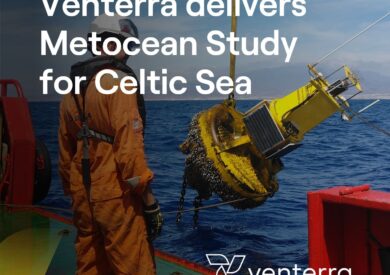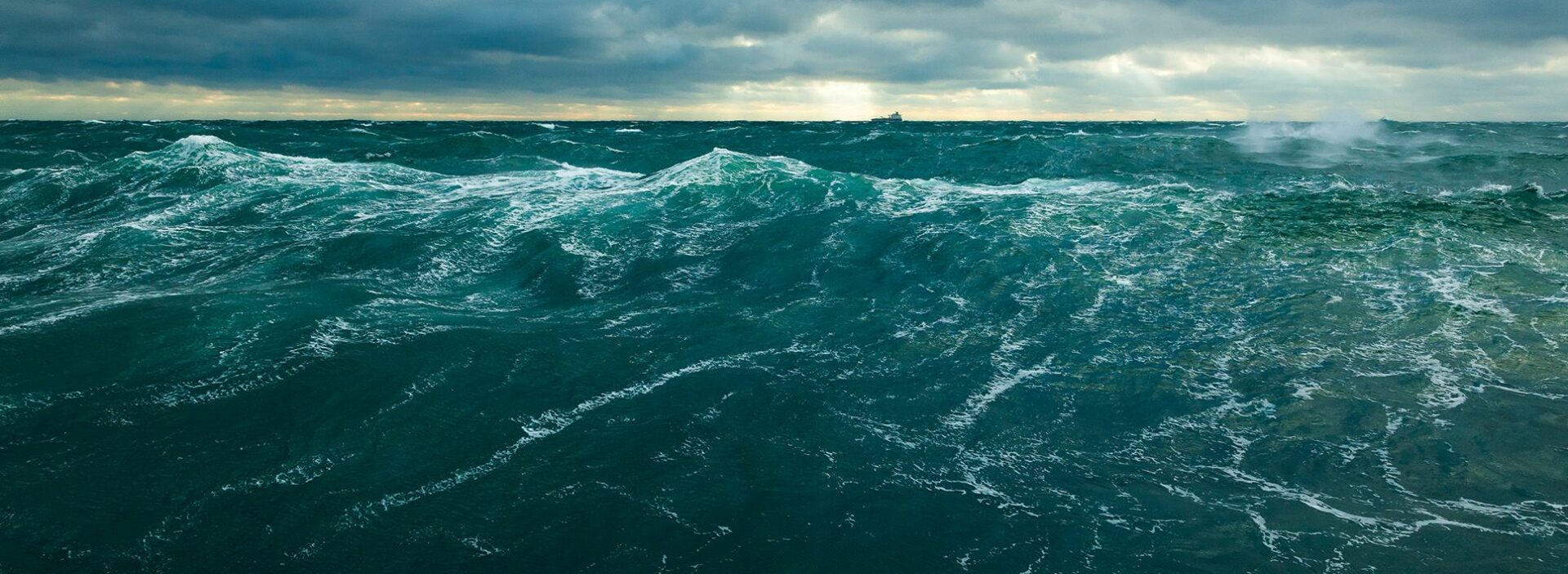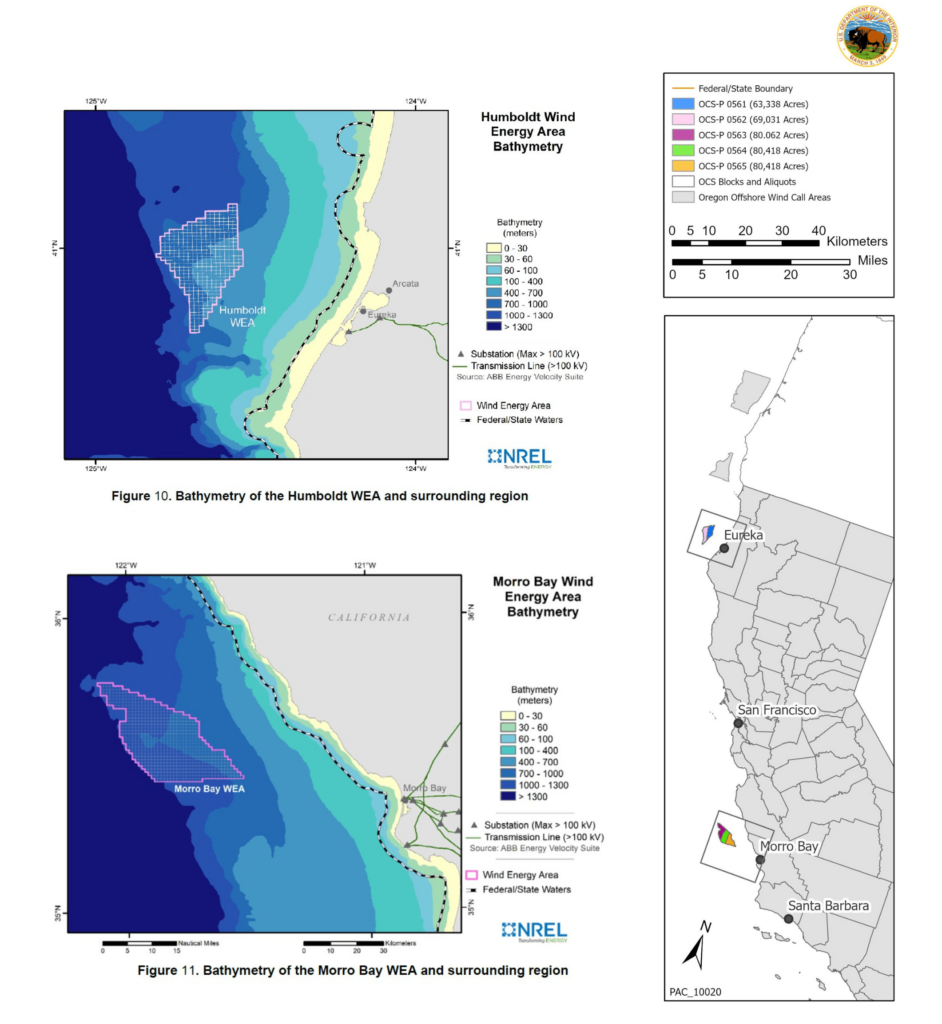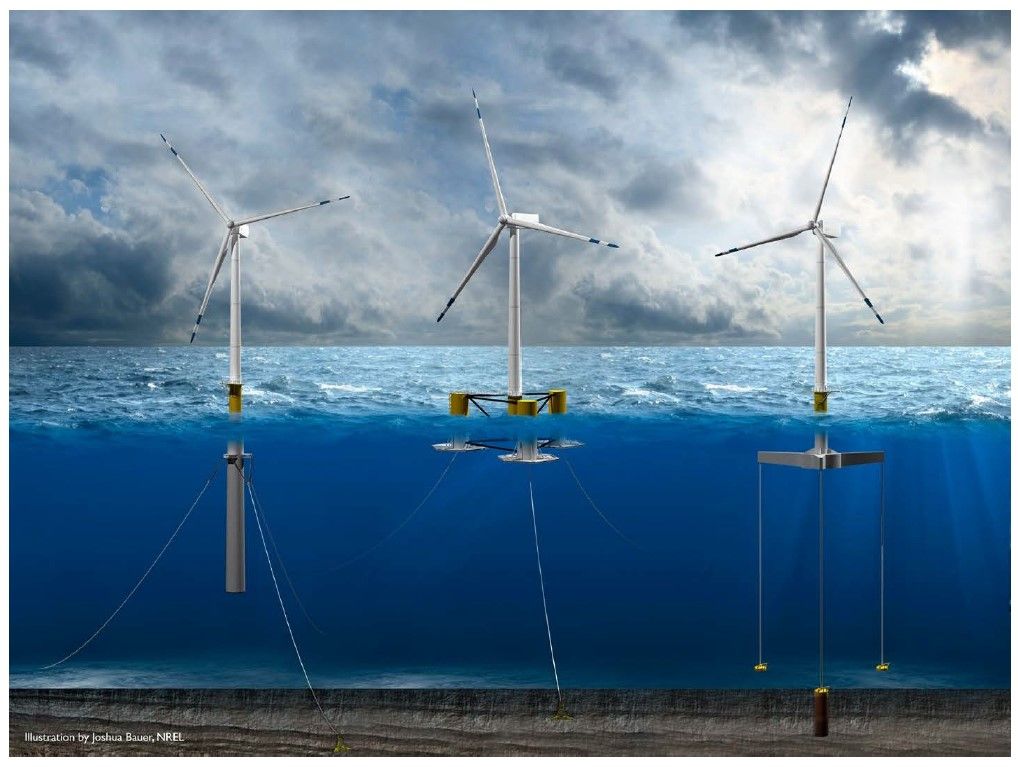
30th April 2025

As a leading engineering consultancy in the offshore renewables sector, we are proud to be at the forefront of floating offshore wind developments.
Following our expansion into the US in 2021, we were commissioned to complete studies on the Humboldt and Morro Bay areas, off the Californian coast. These two areas are scheduled to be auctioned in December and include a total of five leases.
The studies were performed by experts in our Ground Modelling, Ports & Harbours and Transportation & Installations (T&I) teams.
Our Ground Modelling team was tasked with characterising the seabed and assessing the geohazards of the lease areas as well as the export cable corridors. The lease areas are shown in Figure 1 below.

Figure 1 – California lease areas
https://www.boem.gov/sites/default/files/images/pac_california_leaseareas.jpg
https://www.nrel.gov/docs/fy22osti/82341.pdf
The water depths in the lease areas extend to well over 1,000m and although these areas were chosen by the Bureau of Ocean Energy Management as the most suitable for offshore wind development, the lease areas still pose challenges for the anchors of floating wind structures. The seabed contains numerous pockmarks and depressions, some areas are rocky, there are slopes and subsea canyons, and the whole west coast is subject to seismic activity (earthquakes).
”Our Ground Modelling Team integrated hydrographic, geophysical and geotechnical data into a comprehensive model of the seabed and subsurface. This work helped identified the most suitable areas for potential floating wind structures and anchors, and for potential cable routes.”
More data on the seabed will have to be acquired after the auction so our findings can be verified and so the developer’s designs can be progressed.
Each floating wind project in California could require as many as 50 large floating structures to support the massive wind turbines being proposed (15 – 20 MW), and will require many kilometres of mooring lines and hundreds of anchors. The floating structures could be over 100m square and weigh thousands of tonnes each. The main types of floating structures being considered by the industry are shown below in Figure 2.

Figure 2 – Examples of floating substructure types: spar (left), semisubmersible (center), and tension-leg platform (right). Illustration by Joshua Bauer, NREL https://www.nrel.gov/docs/fy22osti/82341.pdf
The US has few ports which are ready to support the fabrication or assembly of large floating wind structures and this is especially the case on the West Coast.
Our Ports & Harbours Team leveraged their extensive experience working on offshore wind port projects in Europe to analyse the US and West Coast situation. We assessed the feasibility of US ports to accommodate the first floating offshore wind projects on the West Coast and investigated the US supply chain.
Having reviewed existing studies of the US supply chain, we made our own interpretations and recommendations based on our experience in other jurisdictions. We then summarised the current knowledge of the US supply chain for offshore wind, identified the US supply chain capabilities for major components of wind turbine generators, and identified gaps that need to be filled by the international supply chain.
The Ports and Harbours Team at GDG is widely regarded as UK and Ireland industry leaders in the offshore ports sector, and has been involved in several European studies assessing port suitability for floating offshore wind deployment. Consequently, we were in a prime position to deliver a U.S. West Coast port study commission and deliver a concise overview of the potential West Coast port options suitable for the client’s proposed workflows”.
We also developed a set of criteria representative of the floating wind industry, and which are necessary to reviewing the suitability of ports to support staging, marshalling, etc. and provided a detailed ranking of all the ports studied.
Our Offshore Design Team, together with our recently formed Transportation & Installation (T&I) Team, studied where floating structures might be fabricated and assembled and how they might be transported. We identified the pros and cons of a handful of scenarios and recommended a preferred scenario. This work built on the in-depth ports assessment conducted by our Ports & Harbours Team.
“It was great to have the opportunity to contribute to the development of floating wind for the US West Coast. Our team performed a detailed assessment of the supply chain available in both the US and Far East and compared alternative execution strategies to help our client to identify the most suitable way forward. We can perform these studies using readily available public information, or we can directly interact with subcontractors and follow up with site visits.”
Our study looked at the feasibility of component fabrication on the US East Coast, Gulf of Mexico, West Coast and in Asian yards. We considered available and future yard capacities, alternative transportation routes, and small and large size vessels (Heavy Transport Vessels as well as barges). We considered the full execution scheme including fabrication, manufacturing, laydown/ marshalling, assembly/ integration, wet storage, float out, transportation, in‐field staging/ integration, and installation and we discussed compliance with the Jones Act.
If you’d like to find out more about the services we offer the offshore wind industry in the US, contact our US Country Manager, Dr. Jan Mangal at jmangal@gdgeo.com.